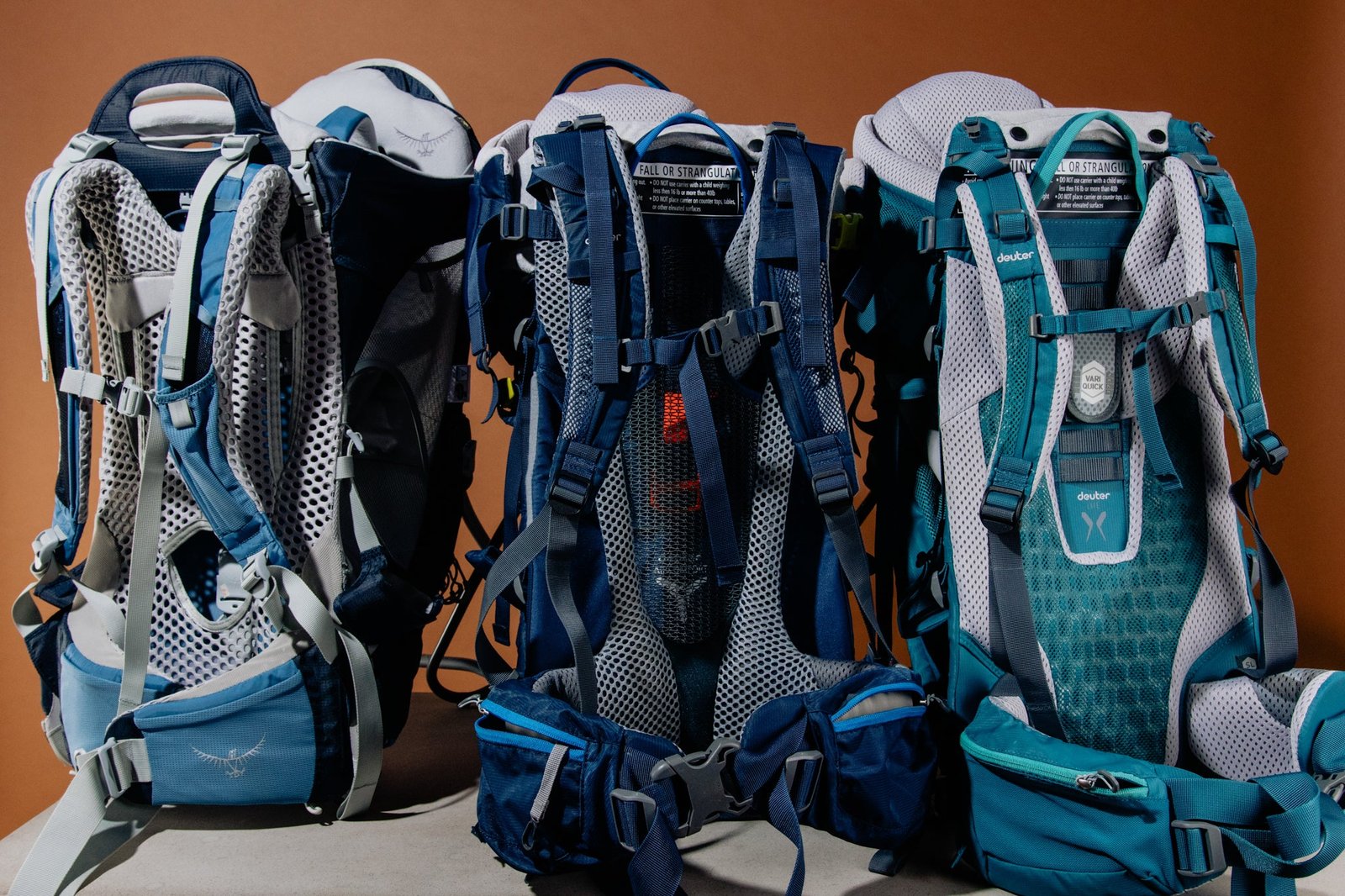The Ultimate Guide to Backpack Carriers: Adventure Awaits with Your Little One

As parents, exploring the great outdoors with your child can be one of the most rewarding experiences. Backpack carriers make it easier to take your little one along on hikes, walks, and adventures, providing comfort and safety. This guide will delve into the benefits of using backpack carriers, the different types available, and tips for choosing the right one for your family.
Why Choose a Backpack Carrier?
1. Hands-Free Convenience
Backpack carriers allow you to keep your hands free while securely transporting your child. This convenience is invaluable when navigating uneven terrains or carrying additional gear, such as hiking supplies or picnic essentials.
2. Comfort for Both Parent and Child
Quality backpack carriers are designed to distribute weight evenly, making it comfortable for the adult to carry. Most models come with padded shoulder straps and hip belts, ensuring that the carrier doesn’t strain your back or shoulders. Additionally, many carriers feature adjustable seating for the child, allowing them to enjoy the ride comfortably.
3. Safety and Security
Backpack carriers provide a safe and secure way to carry your child, often equipped with safety harnesses and sturdy frames. This added safety is essential during outdoor activities, where uneven ground and obstacles can pose risks.
4. Quality Time Together
Using a backpack carrier allows for bonding time between parent and child. Your little one can see the world from a new perspective while remaining close to you, creating shared memories during your adventures.
Types of Backpack Carriers
1. Framed Backpack Carriers
Framed carriers feature a sturdy metal or plastic frame that supports the child’s weight and keeps them secure. These are ideal for long hikes, as they provide excellent support and comfort for both the child and the parent. Most framed carriers come with additional storage space for essentials like snacks, diapers, or gear.
Pros:
- Superior support and comfort
- Built-in storage compartments
- Good for longer treks
Cons:
- Heavier and bulkier
- Higher price point
2. Soft-Sided Backpack Carriers
Soft-sided carriers are typically lighter and more compact than framed options. They are made of fabric and offer flexibility in carrying. These carriers can be used for short outings or errands, as they often fold up for easy storage and transport.
Pros:
- Lightweight and portable
- Versatile for various activities
- Generally more affordable
Cons:
- Less support for long hikes
- Limited storage options
3. Child Carrier Slings
Carrier slings are fabric wraps that allow for hands-free carrying. While they don’t function like traditional backpacks, they can be a comfortable way to keep your baby close, especially during shorter trips.
Pros:
- Easy to use and adjust
- Great for quick outings
- Provides closeness with the child
Cons:
- Less support for older toddlers
- Can be tiring for long periods
4. Convertible Carriers
Convertible carriers can be used as both a backpack and a front-facing carrier. This versatility allows parents to switch between carrying styles depending on their preference and the child’s age.
Pros:
- Multi-functional
- Adapts as your child grows
- Offers different carrying options
Cons:
- May sacrifice some features of dedicated carriers
- Can be more complex to use
Features to Look For
When choosing a backpack carrier, consider the following features:
1. Weight Capacity
Check the weight limit of the carrier to ensure it can accommodate your child as they grow. Most carriers can hold between 40 to 50 pounds, but this can vary by model.
2. Adjustability
Look for adjustable straps and seating positions to accommodate both your size and your child’s comfort. This ensures a proper fit and allows for easy transitions as your child grows.
3. Safety Features
Ensure the carrier has a secure harness system to keep your child safe. Features like padded leg openings and a sturdy frame are essential for a safe carrying experience.
4. Storage Options
Consider how much storage you’ll need. Some carriers come with pockets or storage compartments for snacks, water, and other essentials, making outings more convenient.
5. Sunshade and Weather Protection
Look for carriers that include a sunshade or canopies to protect your child from sun exposure. Some models also have weather-resistant features for added protection against the elements.
Tips for Using a Backpack Carrier
1. Practice Before You Go
Before embarking on your adventure, practice putting the carrier on and taking it off. Familiarizing yourself with the setup will make the process smoother when you’re out and about.
2. Dress Comfortably
Ensure both you and your child are dressed comfortably for your outing. Layering clothing can help manage temperature changes while being active outdoors.
3. Stay Hydrated
Bring water and snacks for both you and your child. Keeping everyone hydrated and energized is crucial during outdoor activities.
4. Start with Short Trips
If you’re new to using a backpack carrier, start with short outings to get accustomed to the weight and balance. Gradually increase the duration and distance as you both become more comfortable.
Conclusion
Backpack carriers are an excellent investment for parents who love exploring the outdoors. With various types available, including framed, soft-sided, and convertible models, you can find the perfect carrier to suit your lifestyle and needs. By prioritizing comfort, safety, and convenience, you’ll create unforgettable memories as you embark on adventures with your little one. Happy exploring!



